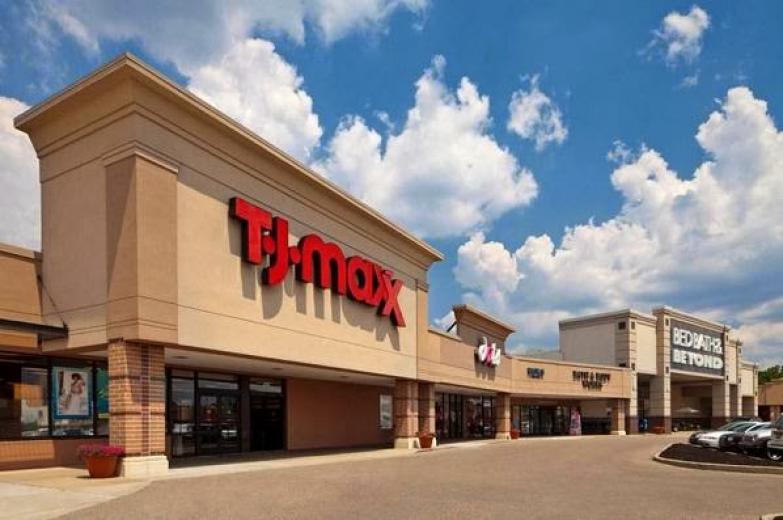1 7
1 7
This concept is one half of the MarMaxx chains—Marshalls and T.J. Maxx combined—that operate 2,221 brick-and-mortar locations in the United States. The store count makes MarMaxx the largest off-price retailer in the country, a claim that is more nuanced because of the combination, Weishaar notes. The chains’ appeal is clear, however. Both sell family apparel, home fashions and accent furniture. Marshalls is differentiated by its full line of footwear, a broader men’s clothing section and a juniors’ department called The Cube.
Introduced in 1992, HomeGoods operates through 579 stores and is one of the leading off-price retailers of home fashions in the United States. More accent furniture, home basics, rugs, wall décor and tableware could reach a wider array of consumers, as HomeGoods’ parent company aims to launch a second home concept in fiscal 2018, the current calendar year. Expect to see 81 new stores in this fiscal year.
Bargain hunters know better than to walk into a Nordstrom on any given day—they’ll have to wait for one of its semi-annual sales. That differentiation helps maintain the excitement of prowling the aisles and racks at one of the 216 Nordstrom Rack stores. Rack surpassed the full-line Nordstrom concept both in terms of sales and store count, and has become its largest source of new customers, according to the company. Rack achieved $507 in sales per sq. ft. in fiscal year 2016. Nordstrom, meanwhile, posted $346 in sales per sq. ft. By the end of 2017 the company plans to open 16 new Nordstrom Rack stores.
Part of Macy’s turnaround plan rests on expanding Macy’s Backstage, its off-price concept that launched in 2015 with six freestanding stores averaging 30,000 sq. ft. But landlords might only get a few new stores to fill empty spaces: As of Jan. 28, most of the company’s Macy’s Backstage units were within existing Macy’s locations. Observers say the company will have to differentiate the in-store discount area from the full-line concept very clearly.
How many other retailers can claim that they derive more than 98 percent of their $5.5 billion in net sales (for the fiscal year ended Jan. 28, 2017) from physical stores? Not many, which is why the Burlington, N.J.-based company will continue to explore expansion opportunities over the long term, according to its latest annual report. The company currently operates about 592 stores, which average 76,000 sq. ft. in size, and it expects to expand the chain to 1,000 locations without hurting business.

